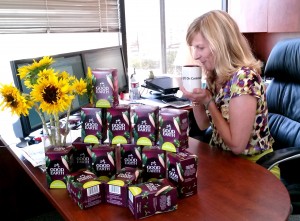
Here’s what I learned trying to bring back Good Earth Green Tea Lemongrass after my favorite tea was discontinued.
I discovered Good Earth Green Tea Lemongrass a few years ago and became hooked on its soothing, subtle flavor. All other green teas were too bitter or tasted like grass. Good Earth Green Tea Lemongrass became a daily ritual for me.
But late last year, I had trouble finding my beloved product. In January, I discovered that Good Earth had overhauled its product line in a rebranding and my favorite flavor had been discontinued, tossed aside in the pursuit of the millennial market.
I did what any devoted customer in the 21st century would do: I complained to Good Earth on its Facebook page. The company responded, steering me to their new product, Citrus Kiss – part of a sassy new lineup that also included Tropical Rush, Sweet Chai of Mine, Wild Chaild, etc.
Yes, Citrus Kiss contained green tea as well as lemongrass, but it also contained stevia (a natural sweetener) which means it tasted nothing like Green Tea Lemongrass (GTL). Unacceptable! And a waste of my money!
I started a Facebook page called Bring Back Good Earth Green Tea Lemongrass. Other disgruntled fans of the former product found the page and ultimately it drew nearly 200 fans.
In the process, I learned five lessons about social media that I’ll share below. You’ll have to read to the end to find out whether I scored a victory or not:
1. It’s not the size of the audience but the depth of their engagement that matters
The Good Earth page has over 64,000 “Likes.” My page has only 749. However, my protest page attracts more comments on its material with real conversations taking place between commentators than the brand’s page. The small number of people involved are very invested in the cause and know that they’re part of a community that cares just as deeply (and who would never steer them to a pre-sweetened alternative!). Bring back Good Earth Green Tea Lemongrass!
2. You can’t buy engagement
Early in my protest, I would go to Good Earth’s Facebook page and comment using my page’s identity on the complaints of other ex-GTL customers. My message was always respectful. I just wanted to let the poor tea drinker know our page existed and that they could find others who shared their passion for the product there.
Then, suddenly, Good Earth’s social media folks banned my page from commenting on their page. That made me mad and I had to get even.
So I spent $30 or so to grow my page’s following quickly – targeting fans of Good Earth’s page specifically. The campaign added 100 followers in a flash. But those folks, like Good Earth’s thousands of followers, didn’t interact like the ones who engaged organically. So I didn’t continue it. Instead, I would occasionally post as myself on Good Earth’s page with a link to the Bring Back GE GTL page. That strategy was slower but far more effective. I would have done it more often but I’ve got other things to do besides fighting to bring back Good Earth Green Tea Lemongrass.
3. The Facebook algorithm is a beast and must be fed continually or atrophy
Once I had more of an audience, I felt Good Earth would take the page more seriously. However, I noticed that if I got too busy to show my page some love for a few days, my next post would get fewer likes or comments. On the other hand, if I kept up my activity, I saw more interaction.
Another helpful activity was to continually like, comment on and tag commentators in replies (if their settings allowed it). This helped stimulate more engagement, which raised the visibility of the posts so that more people saw them. But it was also a strategy that recognized we are all human and social media must always be approached as a conversation and not just ad copy or canned responses.
4. Social media is a conversation
That’s truly the only approach that works.
I shared my picture on the Bring Back Good Earth Green Tea Lemongrass Facebook page so people would know I am real and just like them. I made some really cool connections, too, which has become my favorite part of this experience.
Al and Sheila from New Jersey mailed me a few GE GTL Decaf teabags after they won an eBay auction of some of the discontinued stock. I loved Al’s note that came with the bags. I mailed one of those teabags back to Christina in Tulsa who had tipped me off to the eBay sale in the first place. There were so many others… Inna from San Clemente. Lisa. Chanan. Nigel.
One person credited GE GTL with getting him through MBA school. Another said it got her through chemo.
It’s also true to say that we were all having a conversation with Good Earth on its Facebook page, too—or at least trying to. But did we get anywhere?
5. Social media is powerful
It worked. Sort of. At the end of April, Good Earth announced that they would be bringing back a limited supply of GE GTL. In late May, they began taking orders. They were sold out in five days. I got two of those cases, or 12 boxes of 20 teabags. My Facebook friend Paula also found me five boxes at a CVS in Escondido since I shared some of this information on my personal Facebook page, too. (Thank you, Paula!)
The question now is whether the new Good Earth products are generating the sales the company had hoped for when they ditched their loyal customers. If not, they should bring back the classics, Good Earth Green Tea Lemongrass and its decaf cousin.
Our mighty little community demonstrated the marketplace demand, and, now, Good Earth has a national network of passionate product enthusiasts they can activate the minute they decide to do so.
So, Good Earth, what are you waiting for?
P.S. For those of you who care about the business side of this, Good Earth was started in Santa Cruz, Calif. in 1972. It was acquired by Tetley in 2005, a subsidiary of Tata Global Beverages.
In January 2011, Tata shut down production of Good Earth in Santa Cruz and moved all the ops to New Jersey. In 2013, it launched the rebranding and basically did away with the company’s heritage and its product lines.
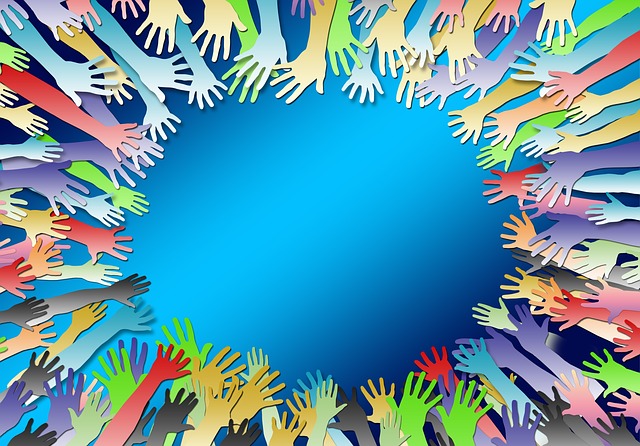

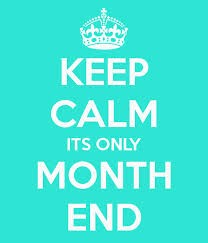
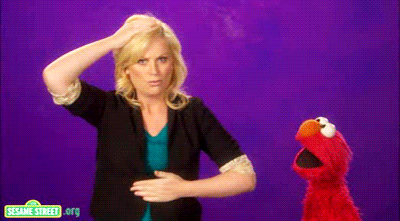

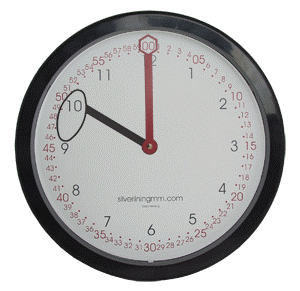
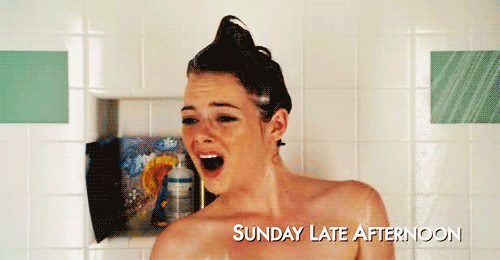
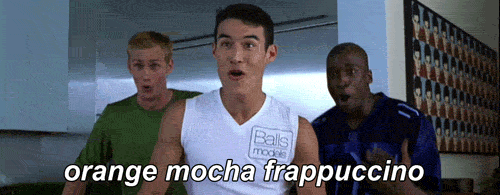
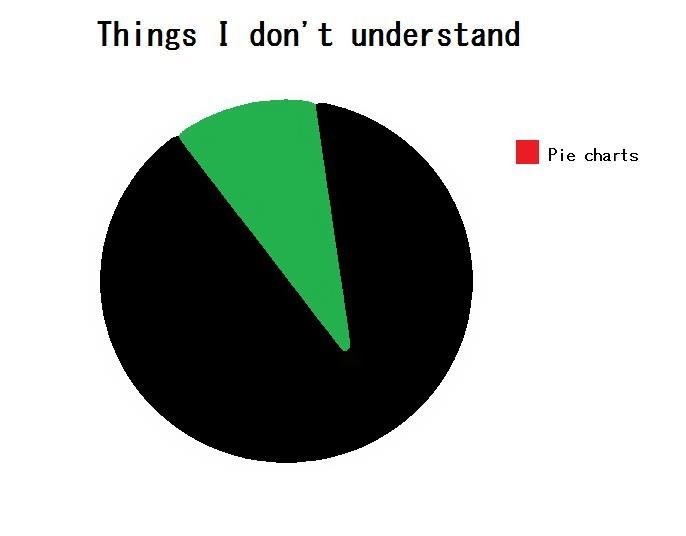

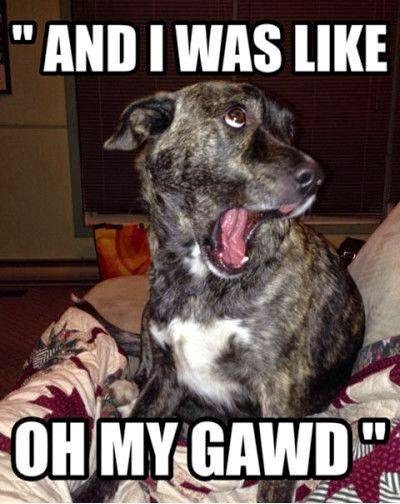

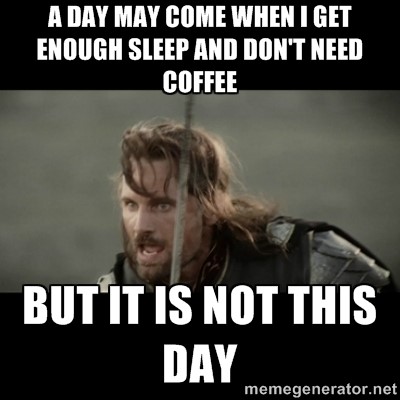
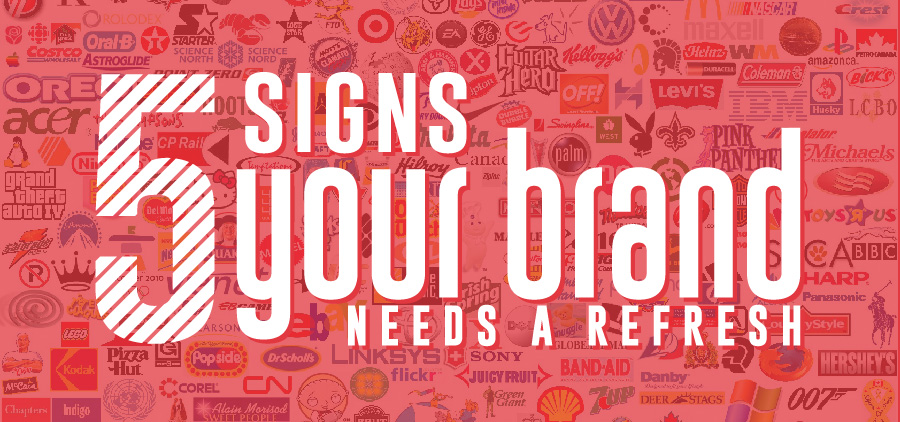
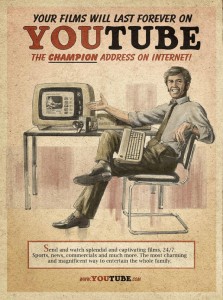 important to have a brand that moves a business forward and doesn’t hold it back. Having a “retro” identity may be intentional in some cases. However, if a brand is no longer effectively serving as a visual representation of your business and its vision and doesn’t communicate key messaging clearly, it’s time for an update.
important to have a brand that moves a business forward and doesn’t hold it back. Having a “retro” identity may be intentional in some cases. However, if a brand is no longer effectively serving as a visual representation of your business and its vision and doesn’t communicate key messaging clearly, it’s time for an update. There are countless platforms out there that allow anyone to create their own brand with the click of a button. Although this may be convenient and cost-effective, it runs the risk of projecting an unsuccessful or negative image. This is where investing in your brand pays off. It is important to work with a graphic designer when it comes to the development of your visual identity. Graphic design is an art form, and designers are constantly fine-tuning their skill. Designers specialize in visual communication and know how to deliver an intentional brand with a strong visual presence.
There are countless platforms out there that allow anyone to create their own brand with the click of a button. Although this may be convenient and cost-effective, it runs the risk of projecting an unsuccessful or negative image. This is where investing in your brand pays off. It is important to work with a graphic designer when it comes to the development of your visual identity. Graphic design is an art form, and designers are constantly fine-tuning their skill. Designers specialize in visual communication and know how to deliver an intentional brand with a strong visual presence.
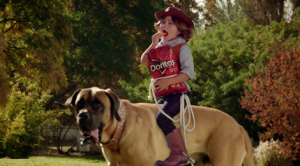


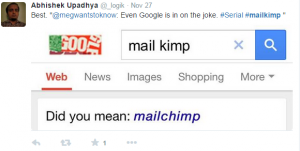
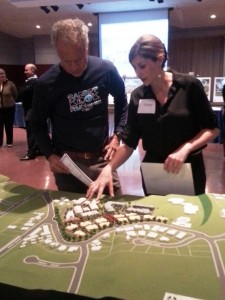
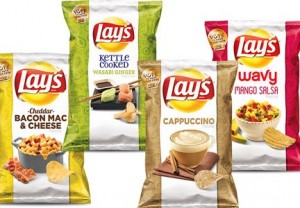


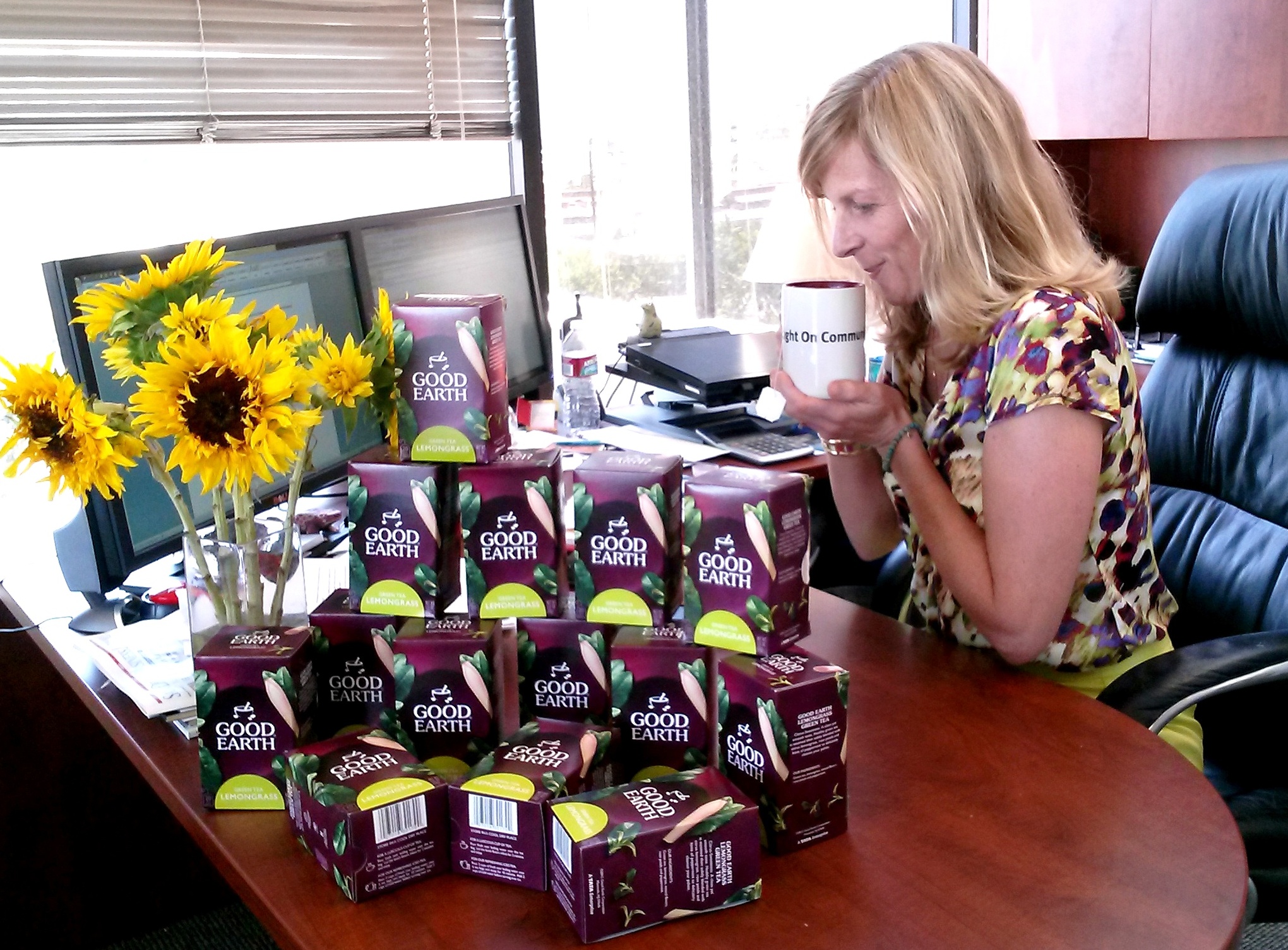











 Grant Wright
Grant Wright Corie Fiebiger
Corie Fiebiger
 Shae Geary
Shae Geary Phelan Riessen
Phelan Riessen Katrina Early
Katrina Early Hamish Marshall
Hamish Marshall